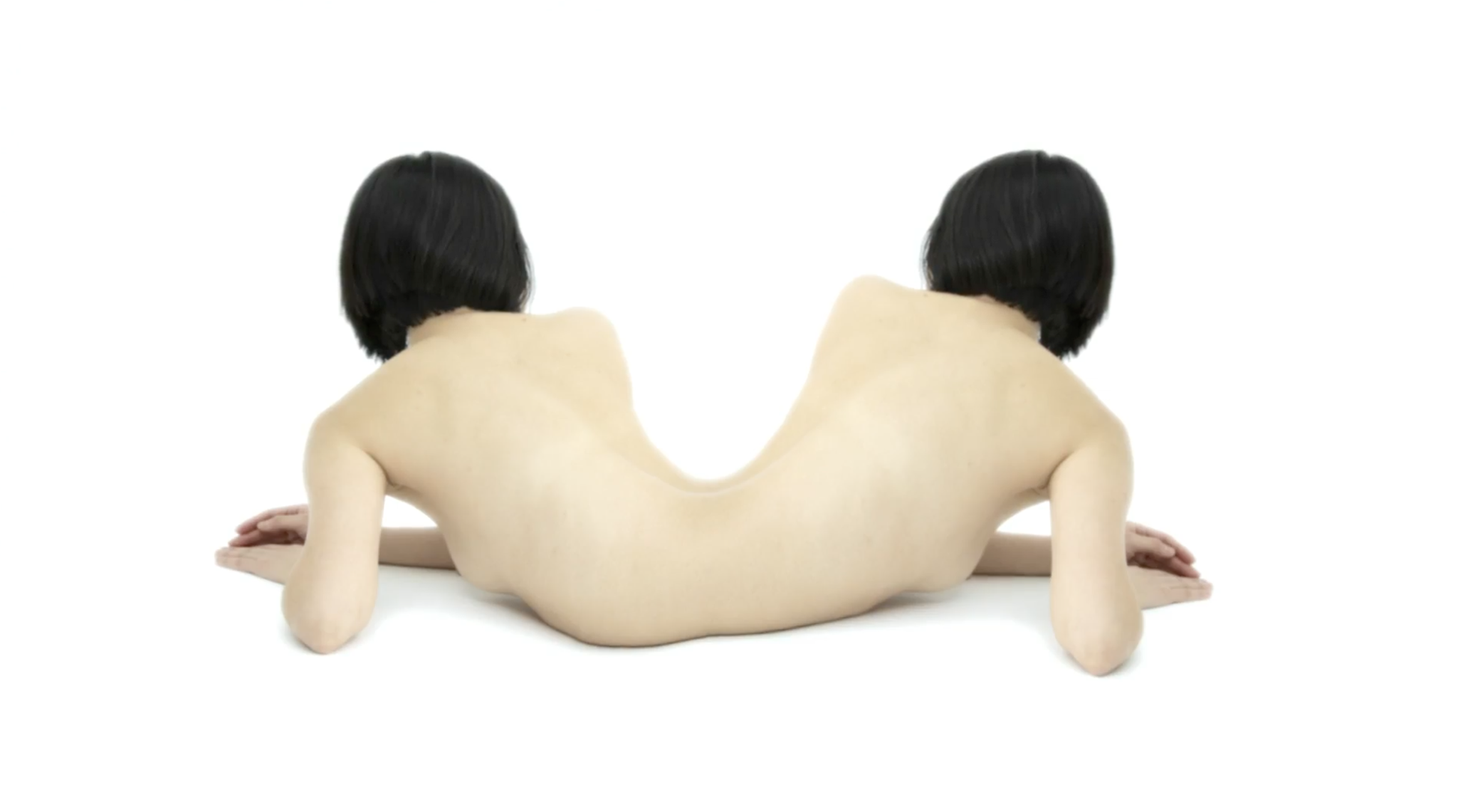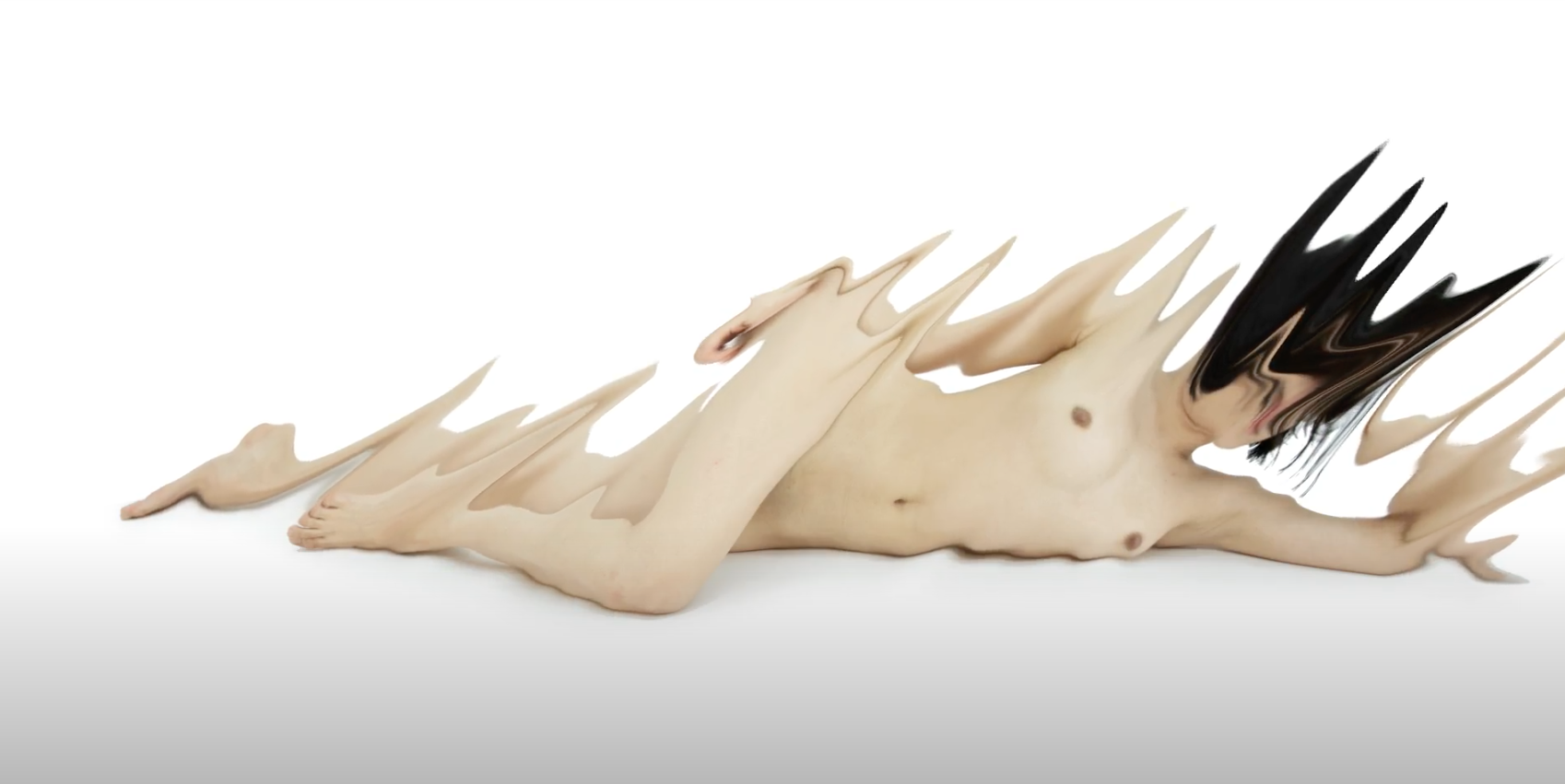George Millership: Review of Jing Su, 'Give'

Globally, women’s healthcare is increasingly under threat. In June, Donald Trump enabled American health providers to refuse abortions and hormonal treatments to cis and trans women, revoking their medical protection. Yet control over women’s bodies in the medical field is often more subtle than overt denial of care. Jing Su, a student at the Royal College of Art, questions the medical field’s apparent objectivity, suggesting that when it comes to women, medicine’s unbiased reputation may be skin-deep.
Hippocrates’ insistence that doctors should ‘do no harm’ to patients is central to medical ethics. But the overriding assumption that medicine is a scientific, objective, and therefore unproblematic field, has long been questioned. In his 1963 book The Birth of the Clinic, Michel Foucalt argued that healthcare is, in fact, deeply inflected by ideology. Because the ‘medical gaze’ is laser-focused on biology, he argues, it ignores important non-scientific factors in patients’ suffering - such as discomfort, trauma, or objectification.

Jing Su’s video installation Give stares this gaze down. Against a clinically white background, she recreates the physiotherapeutic procedures required of her during a hospital visit. Muscles bulge as she links her hands behind her head, and hamstrings tighten as she bends to touch her toes. Then, these poses are digitally spliced and filtered into abstract forms – strange creatures with no head and four legs, breathing softly. It’s Su’s body, but not as we expect to see it. Su implies that there is more to her than meets the medical eye. By fragmenting herself, she demonstrates how women can be alienated from medical assertions about, and depictions of, their bodies.
Consider scientific diagrams. As Amanda M. Friz and Marissa L. Fernholz argue in The Male Gaze in the Medical Classroom, the most anatomically-correct and carefully researched diagram of a vulva is still just one version of the organ. Because of its placement in a seemingly unbiased scientific text, we presume that the diagram represents the vulva, depicting how each one should appear.
But there is no ‘standard’ healthy vulva – they come in many different shapes, sizes, and skin colours. As the authors argue, representing one ‘model’ female genitalia, ‘invites ascribing “abnormality”’ to those that look different. The textbook therefore presents a specific and subjective image as singular fact. Consequently, dangerously specific worldviews of ‘perfection’ – white-skinned, unblemished vulvas – are privileged. Su’s strange organisms shatter this paradigm: by altering her body into forms outside the norm, she illustrates how narrow medical representations of the female physique are in comparison. Many different forms erupt from her skin. Unlike the sterile illustrations on hospital walls, her body - all bodies - bloom with endless possibilities.

Simultaneously, Su parodies medicine’s sexualization of women. Take a 1971 medical textbook, The Anatomical Basis of Medical Practice, discussed by Fernholz and Friz. The book unironically labelled female anatomy on alluring bikini-clad models. In their attempt to ‘make the text less dull’, the authors assumed that most medical students were sex-obsessed straight men, who would delight in ogling women - purely “scientifically”, of course. Su’s work suggests the objectification displayed here hasn’t disappeared.
Many of Su’s poses could have been plucked straight from this textbook. Accompanying her physio exercises, she assumes the poses of supermodels, the stances of starlets, and reclines like the Rokeby Venus. Her forms might have endless possibility, but they are consciously accompanied by sexual stereotypes. By collapsing medical workouts with this alluring imagery, she implies the ways women are expected to appear in society at large don’t evaporate upon entering the treatment room.
Su therefore breaks the visual language defined by historically male-dominated medical practise. Her videos kaleidoscopically surround the viewer, forming and disintegrating medical and sexual poses into forms at once natural and not. By introducing her personal experiences, she forces medical objectivity to recognise that, in some cases, the information it creates is limited.
As Donna Haraway writes in Simians, Cyborgs, and Women, the person who can ‘construct and join rational conversations and fantastic imaginings’, just as Su unites medical processes with alien creatures, can ‘change history’. This what Su calls for – change. Her forms express the potential to recognise those that don’t fit the norm, by expanding medical visual culture into a broader, more inclusive environment.
Su’s work does not just reflect healthcare, it is healthcare. Influenced by working-class artist Jo Spence’s practise of ‘photo therapy’, Su uses her art to come to terms with her treatment under the gaze of the medical field. By partaking in this therapeutic process, Jing Su makes the personal political, and shows us how images can be forces for both healing and harm.
George Millership studies History of Art at Edinburgh University, and is interested in social inequalities in visual culture. He tweets @beeblud
